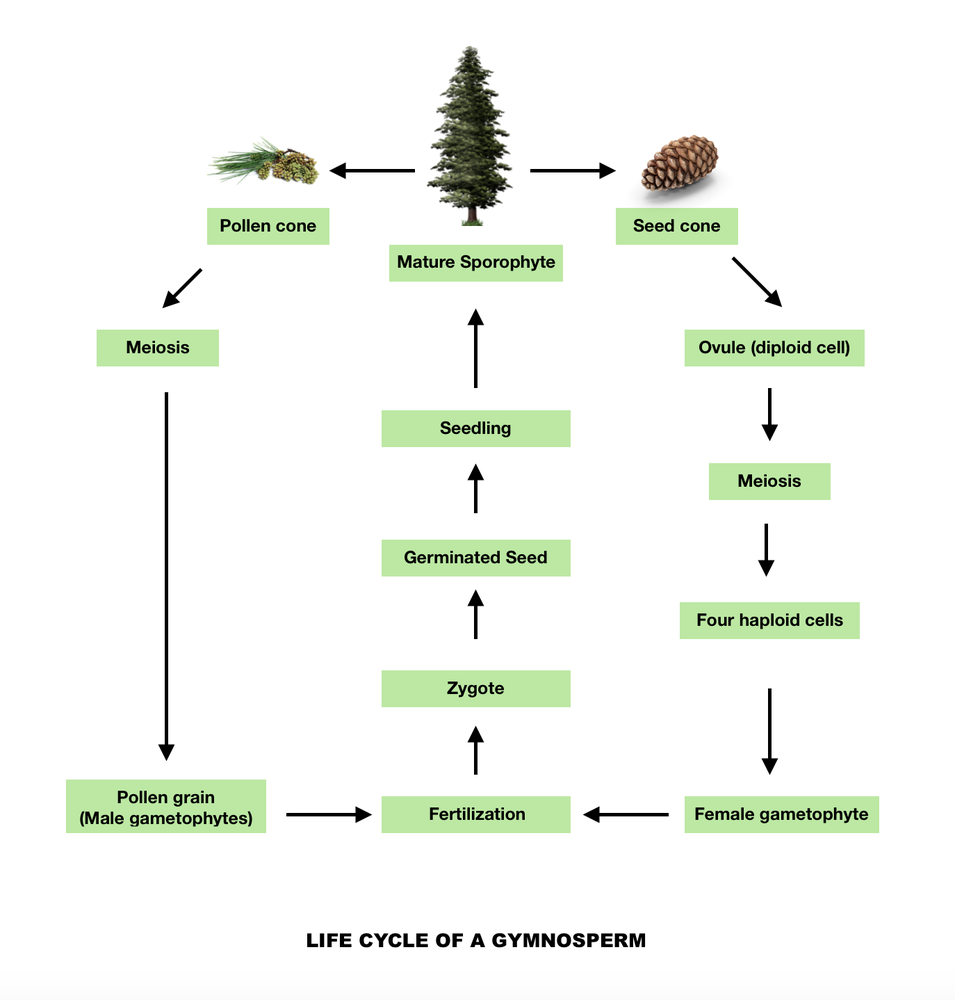
All Solutions
Page 629: Chapter 24 Assessment
In angiosperms, flowers are their reproductive organ. They initiate the process of pollination and fertilization and provide a site where the seeds can develop.

1. cuttings: cutting a length of stem and planting it into the soil.
2. budding: by cutting the bud of a plant and implanting it unto another plant.
3. grafting: cutting a length of stem and implanting it unto another plant
When compared to an animal-pollinated plant, a wind-pollinated plant often have a dull color and they do not produce nectar since they do not need the insects to do the pollination for them. Since they only rely on the wind, they do not have characteristics, such as showy flowers, nectar, and scent that attract pollinating animals. Instead, they produce light, dry pollen grains from small, dull flowers that can be carried by the wind.
In order to test the accuracy of this idea, we can compare a ragweed and a sunflower plant. Check which plant is often visited by insects. The sunflower plant that is often visited by insects are animal-pollinated; hence, they contain heavy and sticky pollen grains. On the other hand, plants that are not visited by animals, they are wind-pollinated plants. Therefore, their pollen grains are dry and lightweight.
In order to test the accuracy of this idea, we can compare a ragweed and a sunflower plant. Check which plant is often visited by insects. The plant that is often visited by insects is animal-pollinated; hence, they contain heavy and sticky pollen grains. On the other hand, the plant that is not visited by animals is a wind-pollinated plant. Therefore, their pollen grains are dry and lightweight.
1. Obtain mung beans and soak one cup of seeds in 3 cups of lukewarm water.
2. Cover the bowl with a plastic wrap and leave it overnight at a room temperature.
3. The next day, check the beans if there are any sprouts.
4. Drain and rinse the beans. Separate the beans in two jars, label it with jar A and jar B.
5. Carefully remove the cotyledon of the beans in jar A.
6. Cover both of the jars with a cheesecloth and place them in a cool and dry place.
7. The next day, carefully rinse and drain the beans again. Ensure that the young sprouts would not break.
8. Place them again in a jar with cheesecloth.
9. Observe the growth of the beans in both jars. Check which set of beans have germinated more successfully.
B. It is the stigma. It is the sticky portion that is located at the topmost tip of the style. It is the site where the pollen grains land.
C. The seeds develop inside the ovary, which is represented by letter F.
D. Letter G represents the sepals. Sepals, which closely resemble leaves. are the outermost part of a flower. It protects the flower bud while it develops. On the other hand, letter H represents the petals. Petals are usually the colored part of a flower that lies just outside the sepals.
In this case, if fires are suppressed by the policies made by the government, it would disrupt the natural process of life, particularly in the germination and regrowth of some fire-activated plants. Fire suppression also favors the growth of weeds, which in turn can take over an ecosystem by competing with the native species. These events may result in the loss of some species and a decrease in the rate of biodiversity in a particular ecosystem.

